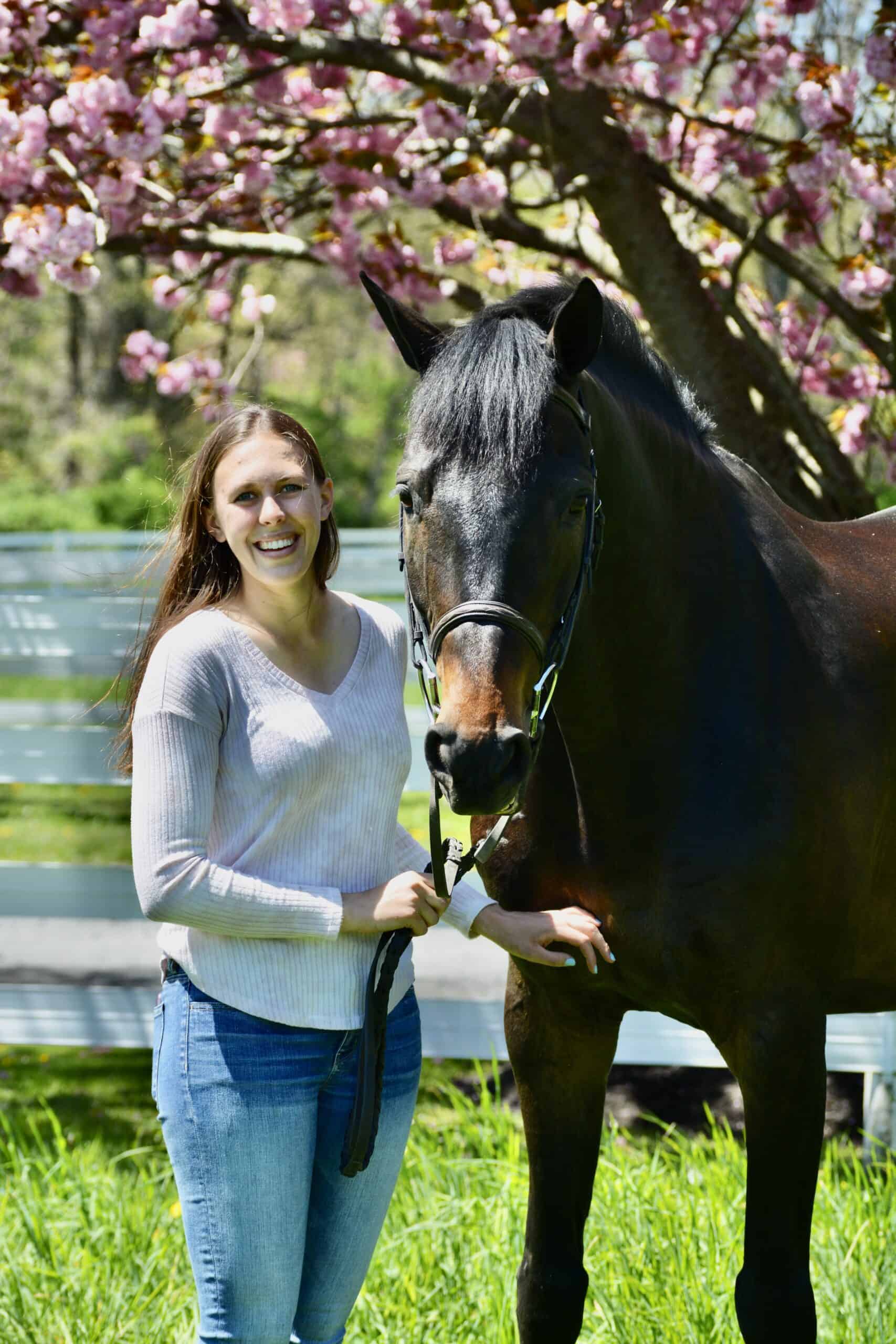Exercise Amplifies Glandular Gastric Ulcers in Horses

Eifert and her team hypothesized that increasing exercise intensity would increase the severity and occurrence of glandular gastric ulcers in horses. To examine this, they evenly split eight Quarter Horse yearlings into an exercised treatment group and an unexercised control group. The exercise group worked on an exerciser five days per week at various intensity levels over the course of 10 weeks, starting with a two-week acclimation period, then progressing to three two-week exercise periods of increasing intensity (light, moderate, and heavy), before horses were weaned off the program and turned back out to pasture at the study’s end. The control group did not exercise during the duration of the study, and both groups—exercised and unexercised horses—consumed a relatively high-concentrate diet to mimic a typical performance horse ration.
Eifert and her team completed 48 gastroscopies—on Day 1 of the study to establish a baseline and at the end of each two-week period to evaluate any treatment effects in response to the exercise—which were scored by four individuals blinded to the treatment. In addition to gastroscopies, the researchers collected blood samples to evaluate the effect of exercise on various biomarkers of inflammation and oxidative stress.
“We found that the horses in the exercise group had an increase in glandular ulceration, which was associated with the stress of exercise,” said Eifert, referring to lesions affecting the glandular or lower region of the stomach, which has more of a protective lining than the upper (squamous) region. “We suspect that this is due to a decrease in splanchnic (visceral) blood flow, particularly to the glandular region of the stomach; however, there was a decrease in their serum amyloid A concentrations, which could mean that exercise has positive effects on inflammatory status.”
The researchers did not observe any differences in oxidative status between the treatment groups, potentially due to the exercise group becoming more fit over time, their age (young horses appear to cope with oxidative stress better than older horses), the ambient temperature (temperature decreased as the exercise level increased), or a combination of these factors.
Overall, gastric ulcers in the glandular region of the horses in the exercise group increased, said Eifert.
“Much of the literature on ulcers and exercise focuses on the squamous region (of the stomach) because of the ‘acid splashing’ theory/mechanism and because we know a lot more about this region,” Eifert told TheHorse.com. “But I do think scientists have begun to pay more and more attention to the glandular region, especially in more recent years since we now realize that exercise may also have a significant effect on this region as well. The thing is, we currently know very little about the glandular region, so there is a lot more investigating to be done here.”
She emphasized it is important for horse owners to understand that gastric ulcers occur for a multitude of reasons related to nutrition, management, and type and level of exercise. Results of this study indicate exercise might increase a horse’s likelihood of developing glandular gastric ulcers, rather than just those in the squamous region. Keeping this in mind, horse owners can take precautions such as increasing the availability of forage, using slow feeders to encourage chewing and saliva production, providing smaller and more frequent meals throughout the day, avoiding the long-term use of non-steroidal anti-inflammatory drugs (NSAIDs), and reducing other environmental stressors to minimize the horse’s risk of developing gastric ulcers.

Written by:
Haylie Kerstetter
Related Articles
Stay on top of the most recent Horse Health news with















